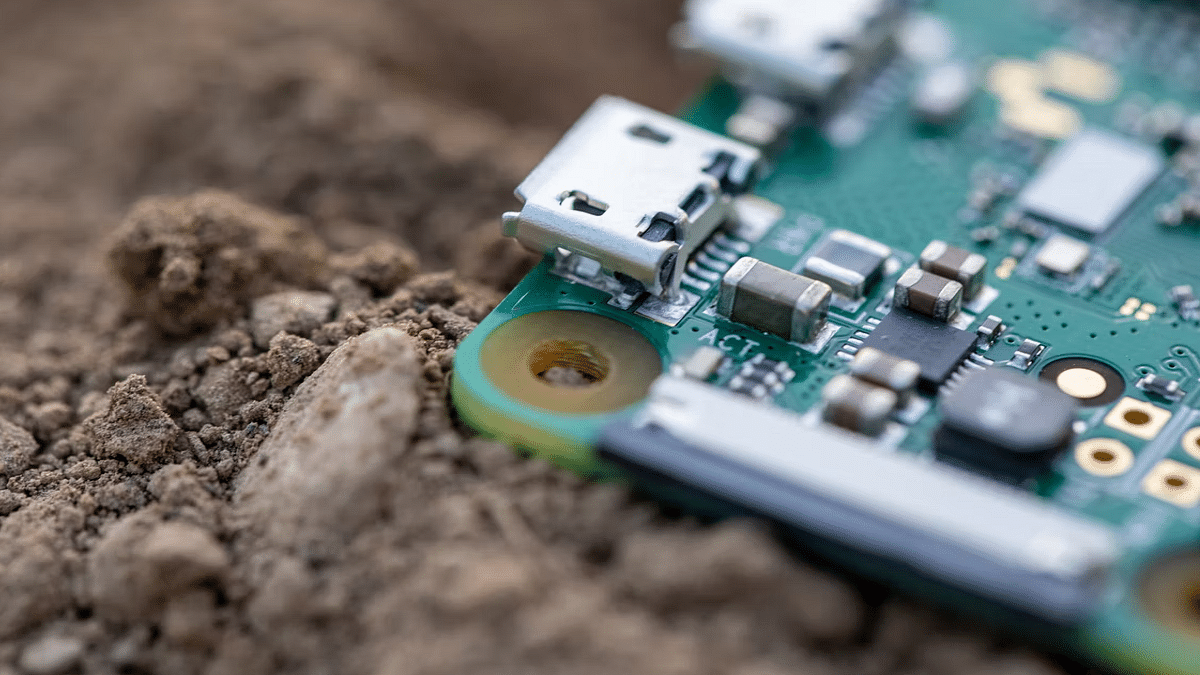Apple unlike most smartphone OEMs is known for designing custom mobile chipsets for all its iPhone models. The latest flagship grade processor announced by the Cupertino tech giant is the Apple A15 Bionic processor which is expected to power the upcoming Apple iPhone 14 series. One of the strongest rivals of the Apple A15 Bionic is the Qualcomm Snapdragon 8 Gen 1 chipset which is currently powering the new-age Android flagships.
We have seen several new premium Android phones equipped with Qualcomm’s powerful Snapdragon 8 Gen 1 chipset. But when we have to compare it with Apple’s premium A15 Bionic processor, which one do you think wins the title of the best premium mobile chipset? This comparison article will clear the confusion:
Qualcomm Snapdragon 8 Gen 1 Vs Apple A15 Bionic: CPU Performance
We’ll start with the CPU architecture comparison between the Qualcomm Snapdragon 8 Gen 1 chipset and the Apple A15 Bionic. Qualcomm has designed the Snapdragon 8 Gen 1 on a 4nm TSMC fabrication process. The Apple A15 Bionic chipset is fabricated using a 5nm TSMC process. The Snapdragon 8 Gen 1 has two additional cores compared to the A15 Bionic.
The Qualcomm chipset offers octa-cores comprising a 1+3+4 cluster, while the Apple chipset has a 2+4 cores cluster design. The Snapdragon 8 Gen 1 processor has one 3Ghz-Cortex-X2 core, three 2.5GHz-Cortex-A710 cores, and four 1.8GHz-Cortex-A510 cores.
The overall frequency is 3.0GHz here. The Apple A15 Bionic packs dual 3.24GHz Avalanche and four 1.82GHz Blizzard cores. The total base frequency offered by the Apple chipset is 3.2GHz. The CPU performance offered by both these premium Qualcomm and Apple processors is powerful and you can expect flawless performance with every kind of task.
Qualcomm Snapdragon 8 Gen 1 Vs Apple A15 Bionic: GPU Performance
The Qualcomm Snapdragon chipset employs Adreno 730 GPU simultaneously to help with easy rendering of extensive graphics. This GPU is based on the Adreno 700 architecture and offers a frequency of 818MHz with three execution and 768 shading units.
The Apple A15 Bionic processor is integrated with a custom Apple GPU which has a maximum GPU frequency of 1200MHz (more than the Snapdragon 8 Gen 1) with five execution and 640 shading units. Similar to the Qualcomm Snapdragon 8 Gen 1, the Apple A15 Bionic also embeds a powerful GPU that helps with the smooth graphic transition with each frame.
Qualcomm Snapdragon 8 Gen 1 Vs Apple A15 Bionic: Memory, Media (ISP) Compatibility
Speaking of memory compatibility, the Qualcomm Snapdragon 8 Gen 1 processor supports LPDDR5 RAM with 3200MHz memory frequency and 51.2Gbit/s max bandwidth. The Maximum RAM size it can support is 24GB. The storage support here is UFS 3.1. The Apple A15 Bionic processor only supports LPDDR4X RAM. The Snapdragon chipset definitely gets an edge here.
Furthermore, the memory frequency offered by the Apple A15 Bionic is 4266MHz with a max bandwidth of 42.7GB. The maximum RAM capacity that is supported by the Apple chipset is 8GB, while the storage compatibility is NVMe.
Coming to the Multimedia (ISP) features, the Snapdragon 8 Gen 1 supports a maximum display resolution of 3840 x 2160 pixels and a 200MP max camera resolution. This processor supports video recording and playback of up to 8K@30fps. It has compatibility with H.264, H.265, VP8, VP9 video codecs, and AAC, AIFF, CAF, MP3, MP4, and WAV audio codecs.
The Apple A15 Bionic processor is compatible with a max display resolution of 2732 x 2048 pixels. The video playback and recording capability with this new Apple mobile chipset is 4K@30fps. The Apple A15 Bionic processor offers H.264, H.265, VP8, VP9, and Motion JPEG video codes and AAC, AIF, CAF, MP3, MP4, WAV, AC-3, E-AC-3, AAX, AAX+ audio codecs.
Qualcomm Snapdragon 8 Gen 1 Vs Apple A15 Bionic: Connectivity Aspects
The Qualcomm Snapdragon 8 Gen 1 processor is equipped with a custom Snapdragon X65 modem that supports both 4G (LTE CAT.24) and 5G networks. This flagship Snapdragon chipset offers a max download speed of up to 2500Mbps and an upload speed of up to 316Mbps. This chipset comes with Bluetooth 5.2 wireless network support.
The Apple A15 Bionic’s modem is unspecified but this processor also supports both 4G (LTE Cat.24) and 5G network support. The Bluetooth version is slightly older, i.e., Bluetooth 5.0.

